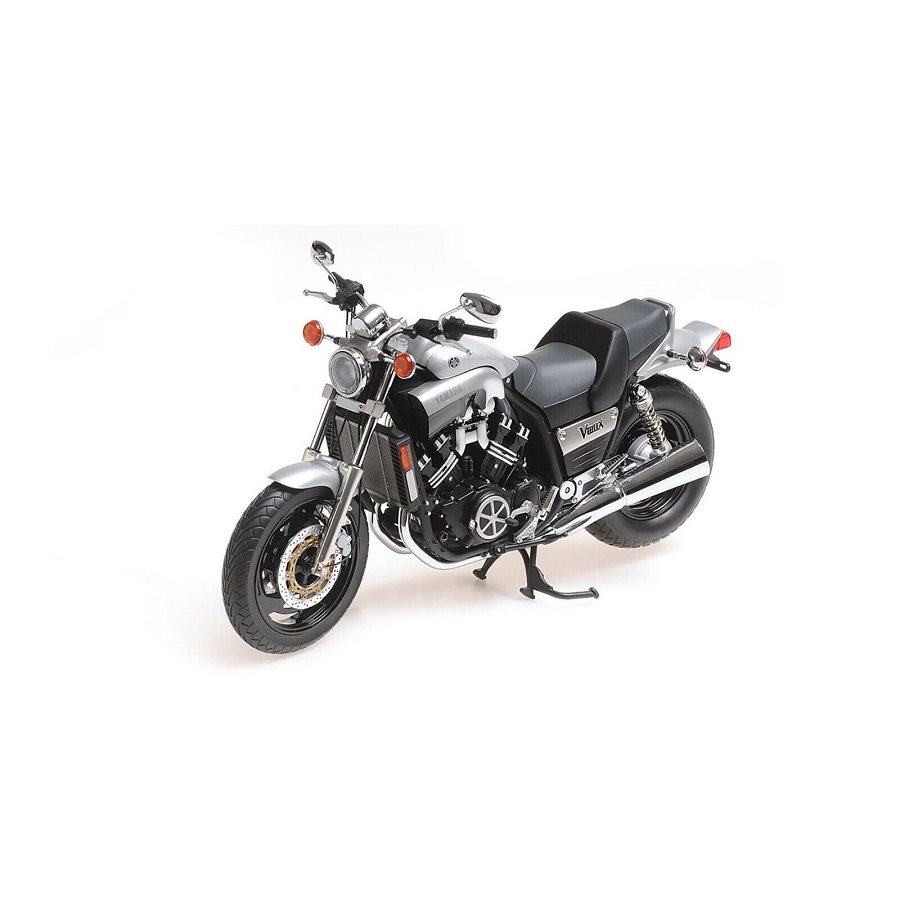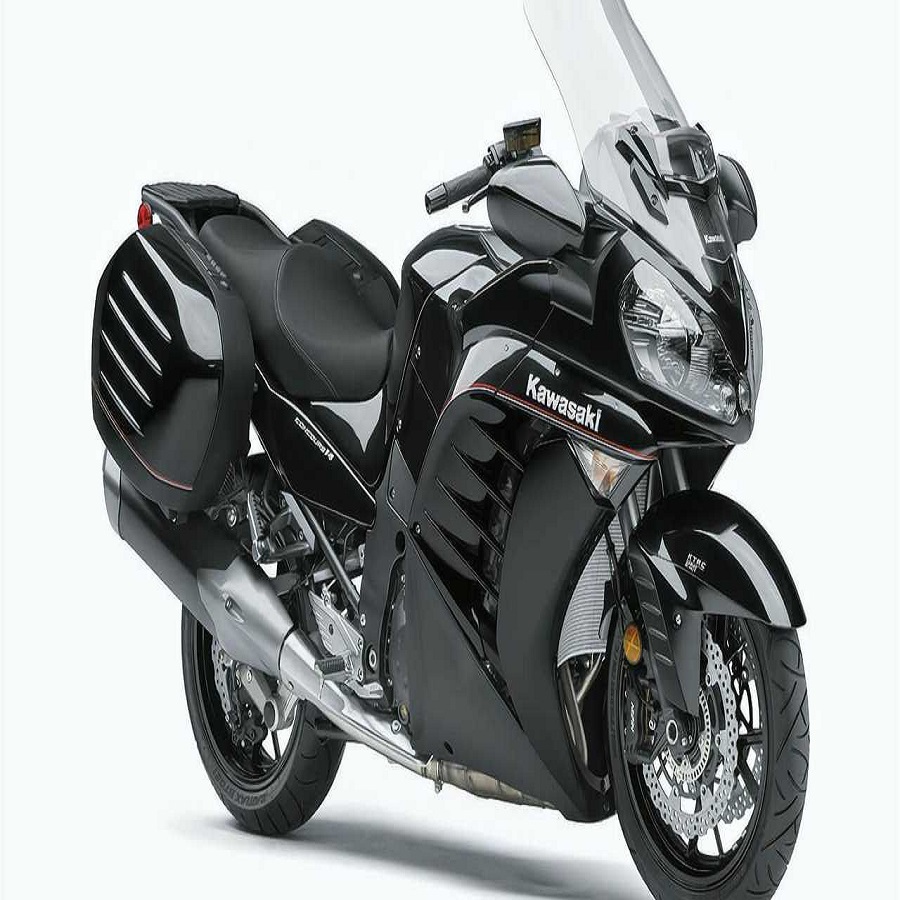Introduction to Motorcycle Inspection
mMotorcycle inspection – A motorcycle inspection is a systematic check of your bike’s key components. Much like routine health exams, a regular inspection can spot issues before they become serious problems. Riders must ensure their motorcycle operates safely and complies with legal standards.
When inspecting a motorcycle, pay attention to parts that wear quickly. This includes tires, brakes, and lights. It’s also crucial to check fluid levels, as well as the engine and transmission for any signs of distress. Regular inspections can help maintain the bike’s performance and extend its life.
A thorough inspection involves a series of steps. Start by referring to your motorcycle’s manual for specific guidelines. You will need a set of tools to perform some checks. It’s good to learn these skills to keep your riding experience safe and enjoyable. A well-inspected motorcycle not only keeps you safe but also ensures you remain on the right side of the law.
Checking your motorcycle regularly can find minor issues before they escalate. This approach saves you money on potential repairs and avoids breakdowns. Remember to take your time going through each step of the motorcycle inspection process to ensure you don’t miss anything critical.
In summary, a motorcycle inspection is essential for every rider. It helps to maintain your bike, ensures safety, and prevents legal issues. Each section of this guide will delve into key components to inspect and offer tips on how to do it effectively.
Legal Requirements for Motorcycle Inspection
Each state or region often has its own set of legal requirements for motorcycle inspections. These laws ensure that motorcycles meet safety and environmental standards. As a rider, you must know and follow these requirements to avoid fines and ensure your safety on the road.
Here is what you should usually look for with regard to the legal side of motorcycle inspections:
- Inspection Frequency: Most places require regular inspections. Check how often you need to bring your motorcycle in for an official review.
- Required Documents: Have your registration, insurance, and any previous inspection reports ready. Authorities might ask for these documents.
- Safety Standards: Your motorcycle should meet specific safety criteria. This includes working brakes, lights, and horns. Check the local laws for a detailed list.
- Emissions Standards: Some regions have emissions standards to reduce pollution. Your bike may need to pass certain tests to comply.
- Approved Facilities: Use government-approved facilities for your inspection. They know the legal requirements and provide valid certificates.
- Inspection Stickers: Once your motorcycle passes the inspection, you’ll receive a sticker. Place this on your bike as proof of compliance.
Remember, riding without regular inspections can lead to penalties. Moreover, it can put you and others at risk. Stay informed and stay safe by meeting all legal requirements for your motorcycle’s inspection.
Pre-Inspection Checklist
Before diving into the detailed motorcycle inspection, it’s essential to start with a pre-inspection checklist. This checklist serves as a roadmap to a thorough and efficient inspection, ensuring that you cover all necessary areas. Here’s what you should include in your pre-inspection checklist:
- Gather Tools and Equipment: Make sure you have all the tools needed for the inspection. This may include wrenches, a tire pressure gauge, and fluids.
- Clean Your Motorcycle: A clean bike makes it easier to spot issues. Dust and dirt can hide leaks, cracks, or wear.
- Check for Obvious Damage: Look for any visible signs of damage such as dents, scratches, or rust that could affect performance.
- Review Previous Inspection Reports: If you have past inspection reports, go through them. They can guide you on what to pay extra attention to.
- Prepare Your Documentation: Make sure you have your registration, insurance, and any required documents on hand.
- Verify Lighting: Perform a quick check of all lights to ensure they are functioning before the full inspection.
- Inspect for Leaks: Check under the motorcycle for any signs of fluid leaks which could indicate a more serious problem.
- Tire Pressure: Quick check your tire pressure. Proper pressure is crucial for safety and performance.
Initiating your motorcycle inspection with the right approach can save you time and lead to better maintenance practices. Tackling this checklist before the detailed inspection ensures a smooth process ahead, highlighting any major issues that may need immediate attention.
 Engine and Transmission Inspection
Engine and Transmission Inspection
A thorough engine and transmission inspection are vital to motorcycle safety. This step ensures your ride performs well. Start with the engine. Check for odd noises, leaks, or irregular smells. These can be warning signs. Ensure the engine oil is at a proper level. Also, look at the color of the oil. Dark and gritty oil needs changing.
Next, assess the transmission. Listen for any strange sounds when you change gears. Difficulties in shifting may suggest internal issues. Inspect the clutch for smooth operation. It should not stick or slip. Regular inspection can catch issues early. This avoids major repairs later on.
To summarize, for the engine and transmission:
- Listen for odd engine noises.
- Check for leaks or strange smells.
- Verify the engine oil level and quality.
- Listen for noises during gear shifts.
- Make sure the clutch operates smoothly.
Taking care of your engine and transmission can save you from hassle. It makes every ride reliable and safe. End this step with confidence in your motorcycle’s performance. Then, move on to the next inspection point.
Frame and Suspension Systems Checks
The frame and suspension of your motorcycle form the foundation for stability and safety. During the motorcycle inspection, these parts need careful attention. Start with the frame. Look for any cracks, bends, or rust that can weaken the structure. These issues could compromise safety on the road.
Next, focus on the suspension system. Sit on the bike and check how it responds. Does it handle your weight well? It should not sag excessively or feel too stiff. This indicates proper function. Bounce the suspension and listen. Noises or clunks could mean problems. Check the fork and rear shock for leaks or damage as well.
For each component within the frame and suspension systems, remember these key points:
- Inspect the frame for structural damage.
- Ensure the suspension handles weight appropriately.
- Listen for abnormal sounds when testing the suspension.
- Check for leaks or damage in the fork and rear shocks.
Properly functioning frame and suspension systems make for a safe, enjoyable ride. They should support the motorcycle’s weight and absorb road shocks well. Address any issues before they lead to major repairs or safety hazards. After finishing these checks, you can proceed with confidence to the next inspection area.
Braking System Inspection
Inspecting your motorcycle’s braking system is fundamental to ensure safety during your rides. Start with the brake pads. Look to see if they have enough thickness. Thin pads might fail to offer adequate stopping power. Next, check the condition of the brake rotors. They should be smooth and free of deep grooves or warping.
Examine the brake lines for any signs of wear or damage. Cracks or leaks can lead to brake failure. Confirm that the brake fluid is at the correct level and looks clean. Dark or dirty fluid can affect the braking performance and might need replacement.
When checking these elements of the braking system, keep these points in mind:
- Check the brake pad thickness.
- Inspect the brake rotors for smoothness.
- Look over the brake lines closely.
- Verify the brake fluid level and quality.
Consistent and responsive brakes are critical for your safety. Take extra care during this part of your motorcycle inspection. If you identify any issues, address them promptly to maintain optimal braking performance. With this done, you can confidently move to the next section of your inspection.
Tires and Wheels Examination
When performing a motorcycle inspection, don’t overlook the tires and wheels. They are critical for safe riding. Start by examining the tire tread. Ensure it’s deep enough for adequate grip. Look for signs of uneven wear or any embedded objects that could cause a puncture.
Next, check the tire pressure with a reliable gauge. Adjust it according to the manufacturer’s recommendations. Proper pressure affects handling and fuel efficiency. Then, inspect the wheels. They should be free from bends, cracks, and rust that can weaken their integrity.
Don’t forget the wheel bearings. Spin the wheels to listen for grinding noises. This may signal bearing issues. Ensure the spokes on spoked wheels are tight and intact. Loose or missing spokes could lead to wheel failure.
For this part of your motorcycle inspection, remember:
- Verify the tire tread depth is safe.
- Check the tire pressure and adjust if needed.
- Inspect the wheels for damage.
- Listen for noises from the wheel bearings.
- Check the spokes are tight and in place.
Address any tire or wheel problems before hitting the road to prevent mishaps. Once this is complete, proceed to the next checkpoint with assurance.
Lighting and Electrical Components
The inspection of lighting and electrical components is critical for motorcycle safety. Start by testing all lights. This includes headlights, brake lights, turn signals, and tail lights. Ensure they are bright and functioning well. It helps other drivers see you, especially at night or in bad weather.
Next, check the wiring. Look for exposed or frayed wires that can cause short circuits. Secure all connections. Ensure wires are in good condition and have no signs of wear or corrosion.
Check the battery health. A weak battery might leave you stranded. Verify the battery terminals are clean and tight. A motorcycle’s electrical system relies on a stable battery connection.
Also, inspect the horn. It’s an important safety feature. Make sure it sounds loud and clear. This can help you avoid dangerous situations.
During your inspection, remember these important points:
- Test all motorcycle lights for proper operation.
- Examine the wiring for damage or wear.
- Ensure the battery is strong and connections are secure.
- Check that the horn works well.
Well-maintained lighting and electrical systems ensure you ride safely and meet legal standards. Complete these checks thoroughly before you ride. You can then move to finalize your inspection with confidence.
 Finalizing the Inspection: What to Do After
Finalizing the Inspection: What to Do After
After completing your motorcycle inspection, take a few more steps to ensure everything is in order. Here are the final actions to take:
- Review the Findings: Look over the results of your inspection. Make notes of any issues found.
- Schedule Repairs: If you found problems, don’t delay. Book time for necessary repairs soon.
- Log the Inspection: Record the date and details of the inspection. Keep this log for future reference.
- Plan the Next Inspection: Decide when the next check should happen. Mark it in your calendar.
- Clean Up: Put away all tools and clean your work area. A tidy space is safer and ready for next time.
- Test Ride: If all parts are safe, take a short ride. This can help you feel any changes or fixes needed.
Taking these final steps after a motorcycle inspection is vital. They help you maintain your bike and keep you safe on the road. With the inspection done, you can enjoy riding with peace of mind.

Leave a Reply